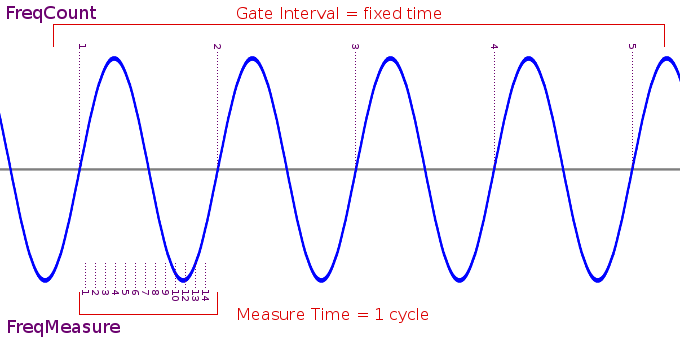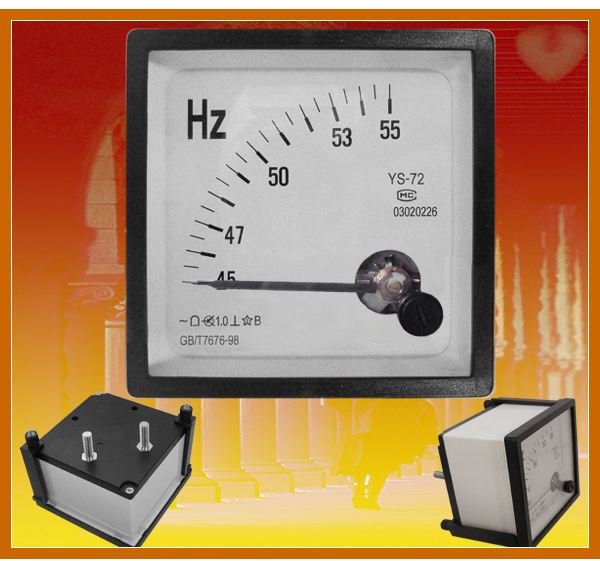
The slope and intercept of the linear least squares fit to these data (solid black line) were 0.71 and 33 mg/dL, respectively. B: Based on a total of 2,356 Navigator–GlucoScout pairs, the Navigator achieved 80.6% of points in zone A, 18.3% in zone B, 0% in zone C, and 1.0% in zone D. The MARD was 5.1% between GlucoScout PG and YSI BG (after converting the latter to PG with a multiplicative factor of 1.12). The slope and intercept of the linear least squares fit to these data (solid red line) were 1.02 and −2 mg/dL, respectively. A: Based on a total of 597 GlucoScout–YSI glucose pairs, 98.3% of points fell in zone A and the remaining 1.7% fell in zone B.

MEASURE FREQUENCY OF VALUES IN STATPLUS PLUS
We estimate that the lower bound of the possible MARD values would be 5.1%, the MARD of the reference quality GlucoScout device relative to the reference quality YSI Stat Plus Glucose monitor when measuring the same sample.Ĭlarke error grid analyses of venous plasma glucose (PG) measured by the GlucoScout ( A), with venous BG measured by the YSI designated as the reference, and CGMG measured by the Navigator ( B), the Seven Plus ( C), and the Guardian ( D), with venous PG measured by the GlucoScout designated as the reference. This procedure yielded upper bounds on the MARD of 41% for the Navigator, 54% for the Seven Plus, and 47% for the Guardian. To put these MARD values in perspective, we calculated the maximum bound on the MARDs for each of the three devices by randomly shuffling the paired CGMG and PG values for each dataset and recalculating the MARDs (see Supplementary Data for details).

The aggregate MARDs for the Seven Plus and Guardian were not significantly different (z = −1.31, P = 0.190). Navigator), and 20.3 ± 18.0% for the 2,328 paired points obtained with the Guardian (z = −3.07, P = 0.002 vs.

The aggregate MARD across the 2,356 paired points obtained with the Navigator was 11.8 ± 11.1% compared with an aggregate MARD of 16.5 ± 17.8% for the 1,799 paired points obtained with the Seven Plus (z = −1.62, P = 0.110 vs. 2 and as RD and ARD distributions in Fig. The point accuracy for each CGM device is shown as Clarke error grids in Fig. Results were analyzed in point accuracy (including absolute and relative differences), rate-of-change accuracy, and sensor reliability (including variation around mean performance and data reporting percentage). The three CGM devices were worn simultaneously in each experiment while reference-quality PG levels were measured every 15 min continuously for 48 h. The study was conducted in subjects with type 1 diabetes in a clinical research center setting as part of closed-loop BG control experiments. The present analysis examines the results of a comprehensive study comparing three CGM devices, the Navigator (Abbott Diabetes Care), the Seven Plus (DexCom), and the Guardian (Medtronic). There is a clear and present need to evaluate the relative accuracy and reliability of the commercially available CGM devices over large ranges of BG values and time rates of change in BG values, and over sensor wear periods that are long enough to encompass multiple scheduled calibrations. Data obtained by CGM device manufacturers cannot be directly compared across devices owing to differences in the clinical protocols between studies.

There is a dearth of studies comparing CGM devices worn simultaneously by the same subject, and those that exist have suffered from the same limitations ( 3). Most investigator-initiated studies that have attempted to gather such data have been relatively short in duration (usually several hours), contained low data density, and/or have not included large variations in glucose values or large time rates of change in glucose values that are typical of diabetes ( 1– 3). To generate such standards, the accumulation of large datasets comparing reference-quality blood glucose (BG) or plasma glucose (PG) measurements with CGM glucose (CGMG) data is needed.
MEASURE FREQUENCY OF VALUES IN STATPLUS PROFESSIONAL
Widely accepted clinical standards for accuracy and reliability of the commercially available continuous glucose monitoring (CGM) devices have not yet been established by professional associations or regulatory agencies.


 0 kommentar(er)
0 kommentar(er)
